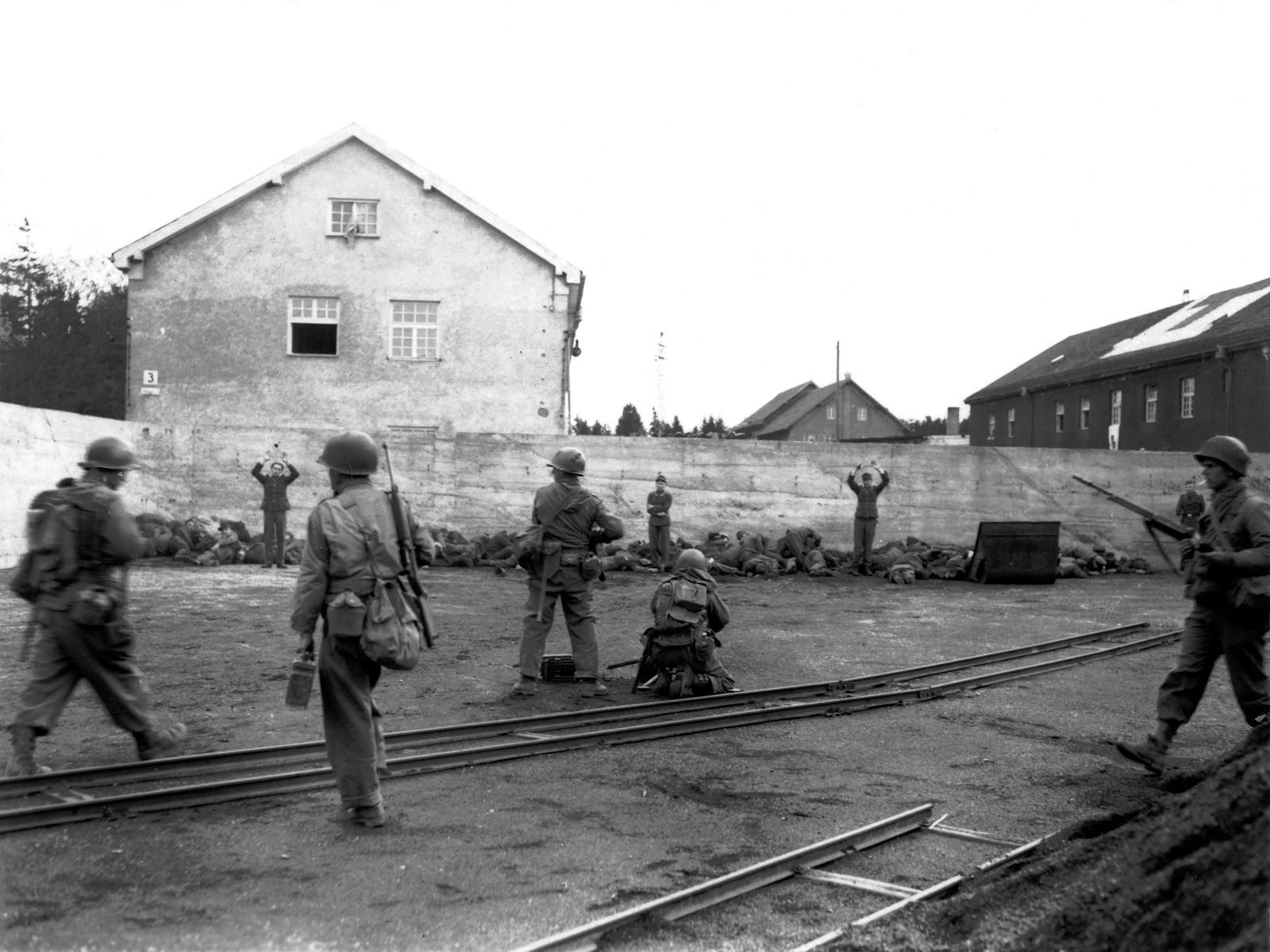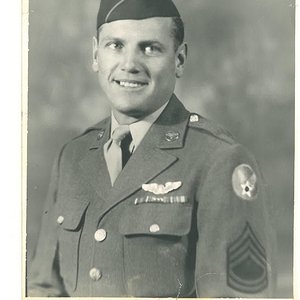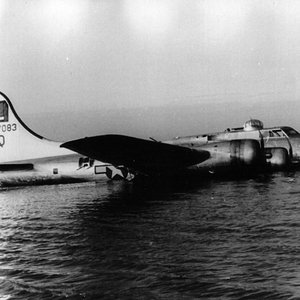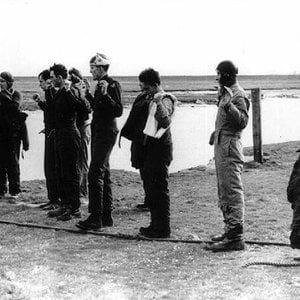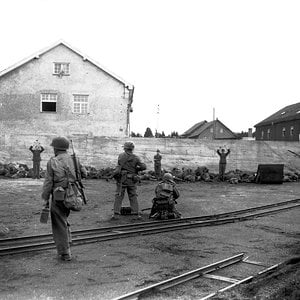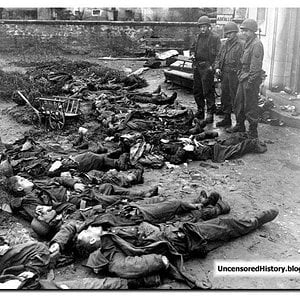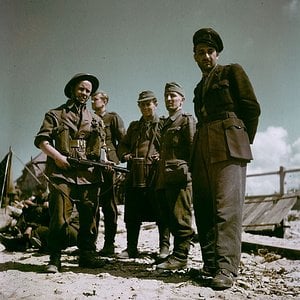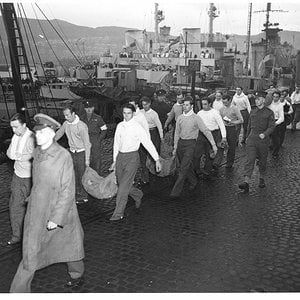Navigation
Install the app
How to install the app on iOS
Follow along with the video below to see how to install our site as a web app on your home screen.
Note: This feature may not be available in some browsers.
More options
You are using an out of date browser. It may not display this or other websites correctly.
You should upgrade or use an alternative browser.
You should upgrade or use an alternative browser.
CHENOGNE Massacer (January 1, 1945)
In the village of Chenogne, a unit of the US 11th Armoured Division had captured around sixty German soldiers. Marched to behind a small hill, out of sight of enemy troops still holding the woods beyond the village, the prisoners were subjected to a volley of machine-gun fire. On this cold and frosty first day of 1945, the GIs were showing no mercy for their unfortunate prisoners as they crumpled to the ground, dead. With memories of the Malmédy massacre still fresh in their minds, killing had become impersonal, revenge was now uppermost in their minds.
Source: George Ducan's, Massacres and Atrocities of World War II.
Some years after the war a mass grave was discovered just west of the city of Nuremberg. In it were the bodies of some 200 SS soldiers. It was not until 1976 that one of the bodies was positively identified. It was the body of SS Hauptsturmfuhrer Kukula, the commander of the 1st Battalion, 38th SS Panzer Grenadier Regiment. Autopsies on the other bodies showed that most had been shot at close range, the others beaten to death by the rifle butts of the US Seventh Army GIs. In the village of Eberstetten, 17 German soldiers of the 'Gotz von Berlichingen' Division were shot after they surrendered to US troops.
On April 8, 1945, fourteen members of the 116th Panzer Division were marched through the streets of Budberg to the command post of the US 95th Infantry Division. There, they were lined up and shot. Three were wounded but managed to escape.
On April 13, 1945, tanks of the US 97th or 78th Infantry Division were approaching the village of Spitze about fifteen miles east of Cologne. They came under fire from a 8.8 anti-tank gun which disabled one of the tanks. That night, the village was pounded by tank and artillery fire and at daybreak the US forces entered the village. All the inhabitants, about eighty, were gathered together in front of the church. Included in the eighty were twenty German soldiers, members of an anti-aircraft unit stationed in the village. They were separated from the civilians and marched several hundred yards to a field just outside the village. There, they were lined up and mowed down by machine-gun fire. Next day the US Army ordered the civilians to dig graves and bury the dead. On April 14, 1995, a memorial for the twenty victims was built near the spot.
During the American assault on Sicily, the largest of the Mediterranean islands, (July, 1943) a dozen unarmed civilians, including some children, were apprehended by US troops after the town of Canicatti surrendered. The civilians were reported to be looting after they had entered a bombed out soap and food factory and were filling buckets with liquid soap that had spilled on the ground. At around 6pm, when an American officer, a lieutenant-colonel, and a group Military Police, accompanied by three interpreters, entered the factory the officer fired a series of shots from his automatic Colt-45 point blank into the crowd. He reloaded and fired again. Eight of the civilians, including an eleven year old girl, died. The officer and soldiers then drove off. Fearing reprisals from the residents of the town, the incident was hushed up for over sixty years. Due to the efforts of Dr. Joseph S. Salemi of New York University, this atrocity was brought to light. The perpetrator of this crime, Lieutenant Colonel McCaffery, died in 1954.
In the village of Chenogne, a unit of the US 11th Armoured Division had captured around sixty German soldiers. Marched to behind a small hill, out of sight of enemy troops still holding the woods beyond the village, the prisoners were subjected to a volley of machine-gun fire. On this cold and frosty first day of 1945, the GIs were showing no mercy for their unfortunate prisoners as they crumpled to the ground, dead. With memories of the Malmédy massacre still fresh in their minds, killing had become impersonal, revenge was now uppermost in their minds.
Source: George Ducan's, Massacres and Atrocities of World War II.
Some years after the war a mass grave was discovered just west of the city of Nuremberg. In it were the bodies of some 200 SS soldiers. It was not until 1976 that one of the bodies was positively identified. It was the body of SS Hauptsturmfuhrer Kukula, the commander of the 1st Battalion, 38th SS Panzer Grenadier Regiment. Autopsies on the other bodies showed that most had been shot at close range, the others beaten to death by the rifle butts of the US Seventh Army GIs. In the village of Eberstetten, 17 German soldiers of the 'Gotz von Berlichingen' Division were shot after they surrendered to US troops.
On April 8, 1945, fourteen members of the 116th Panzer Division were marched through the streets of Budberg to the command post of the US 95th Infantry Division. There, they were lined up and shot. Three were wounded but managed to escape.
On April 13, 1945, tanks of the US 97th or 78th Infantry Division were approaching the village of Spitze about fifteen miles east of Cologne. They came under fire from a 8.8 anti-tank gun which disabled one of the tanks. That night, the village was pounded by tank and artillery fire and at daybreak the US forces entered the village. All the inhabitants, about eighty, were gathered together in front of the church. Included in the eighty were twenty German soldiers, members of an anti-aircraft unit stationed in the village. They were separated from the civilians and marched several hundred yards to a field just outside the village. There, they were lined up and mowed down by machine-gun fire. Next day the US Army ordered the civilians to dig graves and bury the dead. On April 14, 1995, a memorial for the twenty victims was built near the spot.
During the American assault on Sicily, the largest of the Mediterranean islands, (July, 1943) a dozen unarmed civilians, including some children, were apprehended by US troops after the town of Canicatti surrendered. The civilians were reported to be looting after they had entered a bombed out soap and food factory and were filling buckets with liquid soap that had spilled on the ground. At around 6pm, when an American officer, a lieutenant-colonel, and a group Military Police, accompanied by three interpreters, entered the factory the officer fired a series of shots from his automatic Colt-45 point blank into the crowd. He reloaded and fired again. Eight of the civilians, including an eleven year old girl, died. The officer and soldiers then drove off. Fearing reprisals from the residents of the town, the incident was hushed up for over sixty years. Due to the efforts of Dr. Joseph S. Salemi of New York University, this atrocity was brought to light. The perpetrator of this crime, Lieutenant Colonel McCaffery, died in 1954.

